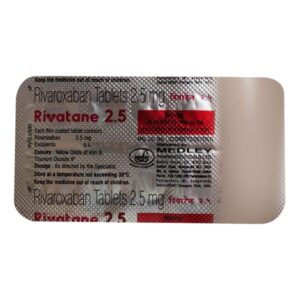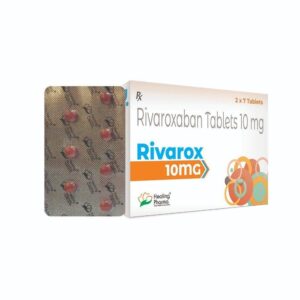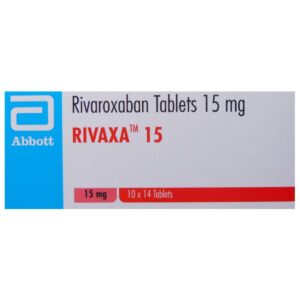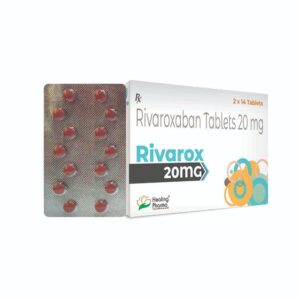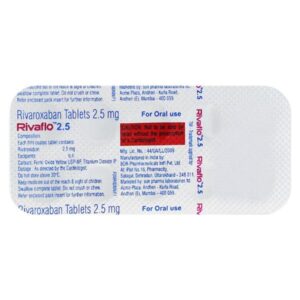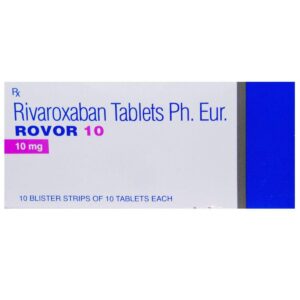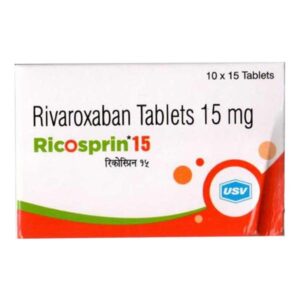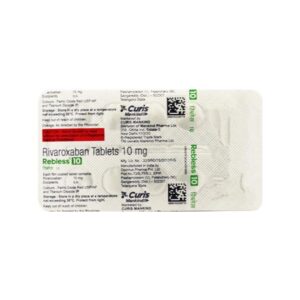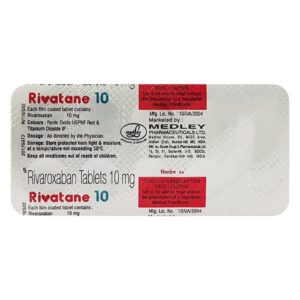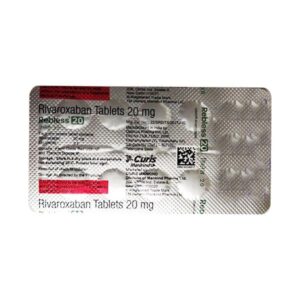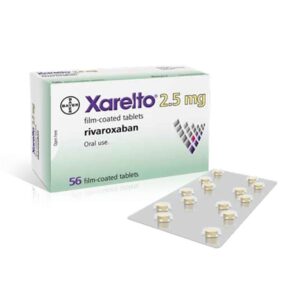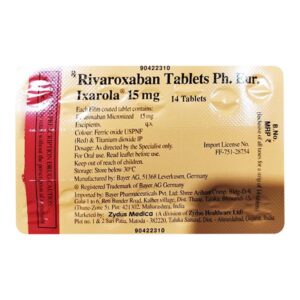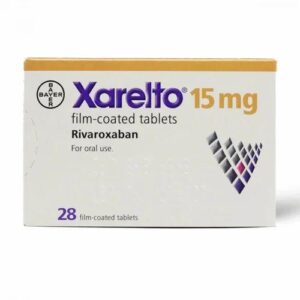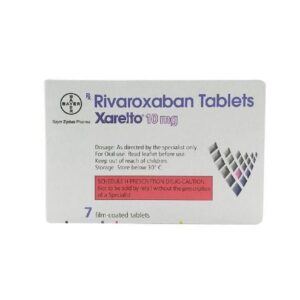RIVAROXABAN
RIVAROXABAN: Rivaroxaban is a medication commonly used to prevent blood clots in individuals at risk for conditions such as deep vein thrombosis (DVT) and pulmonary embolism (PE). It belongs to a class of drugs called direct oral anticoagulants (DOACs) or non-vitamin K antagonist oral anticoagulants (NOACs).
The mechanism of action of rivaroxaban involves inhibiting a key protein called Factor Xa, which is involved in the blood clotting process. By inhibiting Factor Xa, rivaroxaban prevents the formation of blood clots.
The recommended dose of rivaroxaban may vary depending on the condition being treated. For the prevention of DVT and PE after surgeries such as hip or knee replacement, the usual dose is 10 mg once daily for 35 days. For the treatment of a DVT or PE, the initial dose is usually 15 mg twice daily for the first three weeks, followed by 20 mg once daily thereafter. The dose may need adjustment based on individual patient factors, so it is important to follow the prescribing doctor’s instructions.
Like any medication, rivaroxaban can have side effects. Common side effects include bleeding, such as nosebleeds, bruising, and prolonged bleeding from minor cuts. Other possible side effects include dizziness, headache, diarrhea, nausea, and itching. In rare cases, it may cause serious bleeding, such as gastrointestinal bleeding or intracranial hemorrhage. It is important to seek medical attention if any unusual bleeding occurs while taking rivaroxaban.
As with any prescription medication, it is crucial to follow the prescribing doctor’s instructions and discuss any potential drug interactions or contraindications before starting rivaroxaban.


